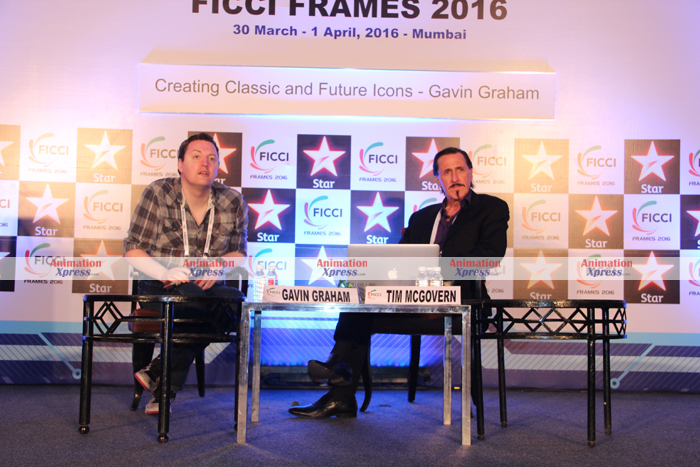No green screen used, no motion capture done, no extra animating teams involved to finesse the tracking results, a low budget film with a team of just 40 members working on a tight limited time frame, Ex Machina has marvelled the entire globe with its extravagant win at the Oscars for the Best VFX Film. How did this happen?
“We were actually surprised when we heard that we have won the Oscars for the Best VFX for we knew that there were films like Mad Max: Fury Road and Star Wars: The Force Awakens in our competition. They were both heavy on budget as well as VFX. And, we didn’t possess either,” expressed Double Negative, global co-head of 3D, Gavin Graham at FICCI Frames 2016.
And yes what you read in the first paragraph stands true, Gavin Graham explained, “Ex Machina was a small budget film of just $15 million whereas, Star Wars had a budget of $200 million while Mad Max was made out of $150 million. Moreover, we had around just 200 proper VFX shots as another studio called Milk VFX also delivered few VFX sequences for the film.” However, if we compare, Mad Max had 2,000 while, Star Wars another massive number of VFX shots. So in short, Ex Machina was not a big blockbuster and the question stands still – Why and how did Ex Machina win the Award?
The answer is quite simple ‘Creativity and peculiarity in VFX’. The team of Double Negative studio working on the visual effects of Ex Machina consisted of just 15 body trackers, 10 lighting artists and around 10 compositors with a few additional artists. Graham explains, “Our main focus was to create the lead character of the film ‘Ava’. We couldn’t afford to waste time on creating the background and other elements using VFX as we had both budget and time constraints.”
The lead character Ava was played live by Alicia Vikander throughout the whole film. There was no motion capture done as the director Alex Garland wanted the character to have both- a human and robot feel distinctly. “It didn’t have to be too scientific or technically futuristic, it had to have the human feel. Therefore, we didn’t use motion capture or create Ava in complete CGI. We just designed the costume of the character using VFX in such a way that it had both, the human exposure and the robotic transparency,” explains Graham.
Racing car suspensions, bicycle suspensions, sculpture designs and human anatomy were used as reference material for the creation of the robotic feel as the director didn’t want the team to create a typical android robot that had been seen in the past. The team traced the entire motion of the lead character in live time and then replaced it with CGI wherever needed.
Ex Machina was shot on XTAL xpress anamorphic lenses in just a matter of six weeks as the script did not have much of a change of location. Few sequences like the fight scene between Ava and Oscar Isaac played by Nathan Bateman was challenging because Nathan’s few elements had to be created using CGI as Ava had few transparent portions in her body.
A VFX film without green screen, sounds strange? Definitely, for VFX work comes with huge green or blue screens along which are later replaced by extensive backgrounds and CG characters. Graham explained, “We didn’t use green screen at all for we didn’t have to create anything in background. We just had to create the lead character. Secondly, using green screens leads to a lot of replacements and reflections in the later stage. We didn’t have the budget and time to do it and moreover, it was just not needed for his kind of project.” He further added, “We didn’t mo-cap the character because we wanted a live character and the human feeling with all the natural physical movements and emotions.”
Graham also exclaimed that it is the first time an Oscar VFX Award has been received by the rigging artist of the film along with the team. Mark Ardington, who worked as the rigging artist for the film, delivered tremendous work for there was a huge amount of work in terms of rigging according to Graham. There were four different versions of the costume created for Ava and each had to be tweaked in its own way.
As far as the box office record concerns, Ex Machina has not done wonders as it grossed $38.3 million worldwide yet the film has commendable distinct work that made it win the highest honour. So, irrespective of the budget, time, resources; tremendous neat VFX work on the creation of the lead character, achievement of the robotic and human amalgamation by using CG and fine detailing to enhance the entire feel of the script and the film on the whole has led Ex Machina to the Oscar awards!
Complete FICCI FRAMES Coverage


